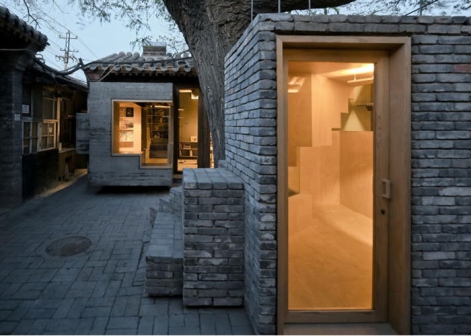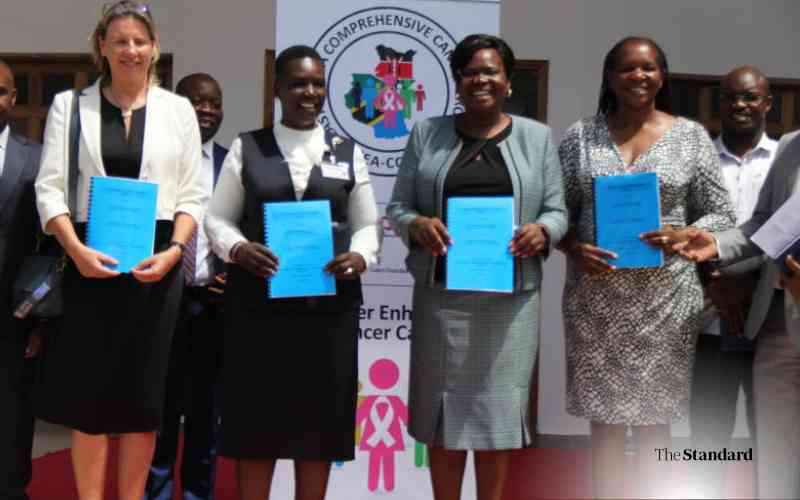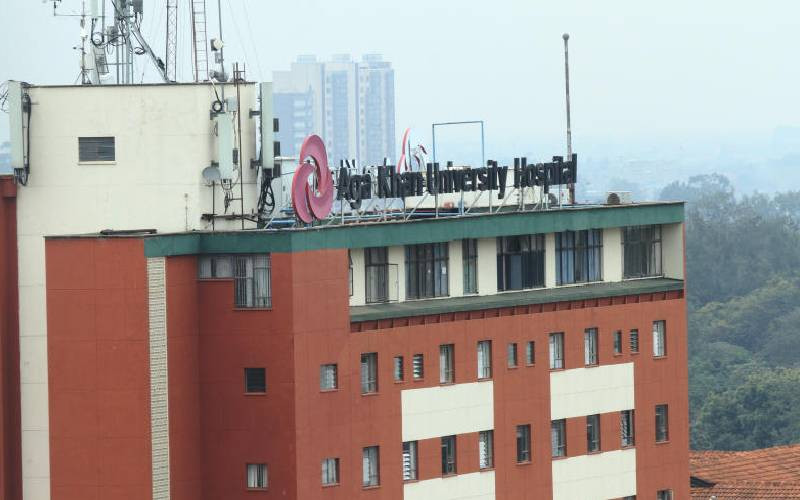
The winning designs for 2016 Aga Khan Award for Architecture have been released. The award identifies and encourages building concepts that successfully address the needs and aspirations of communities in which Muslims have a significant presence.
The projects range from slum upgrading to high rise "green" buildings that not only exhibit architectural excellence but also improve the overall quality of life.
Here are some of the best.
Bait ur Rouf Mosque, Dhaka, Bangladesh
Marina Tabassum Architects
A good architectural masterpiece is one that makes good use of space while creating a little footprint on the natural beauty around it. The Dhaka mosque fits this bill.
It makes good use of handmade bricks to create an amazing structure which, according to the jury citation, is "exquisitely proportioned building that is both elegant and eternal."
Constructed at a cost of Sh15 million in a span of five years, this is not your contemporary mosque. Domes are absent as are the minarets. There are no decorative panels of artistic relief and calligraphy. In their place are the brick walls, with "breathing spaces" that enhance the life of worshippers who are to be found here way before the call to prayers.
Friendship Centre, Gaibandha, Bangladesh
Archietct: Kashef Mahboob Chowdhury/URBANA
From the air, this structure for a local NGO looks more of a Greenfield than a habitable structure. This is no coincidence but a deliberate effort to create a series of pavilions that look inward to the courtyards and the pools. Ideally, buildings in this part of Bangladesh ought to be built with a raised platform to mitigate flooding so common in the region. However, financial constraints could not allow for such a design. In its place, an earthen embankment was built with stairs leading down to the building. The construction of the embankment means the light comes into the building the natural way – from above.
Hutong Children's Library and Art Centre, Beijing, China
Architect: ZAO/standardarchitecture
The small library is woven around the Chinese hutongs, or narrow alleys in northern cities such as Beijing. Think of our narrow Mombasa old town streets and get the idea of creating a children centre. The library retained the old community form while incorporating modern, yet sustainable aspects of construction. The grey bricks are meant to blend in with the urban surroundings. The centre is woven around a giant scholar tree, perhaps 600 years old – as old as the courtyard itself.
Tabiat Pedestrian Bridge, Tehran, Iran
Architect: Diba Tensile Architecture
A bridge – pedestrian or vehicular – is just meant to ferry people and goods from one point to another, right? Wrong. The Tabiat Bridge in Tehran, Iran is a "community based" bridge that is a popular gathering place for the people of the city, offering numerous seating areas over its three levels and restaurants at either end. It is perhaps the only pedestrian bridge where nobody is in a hurry to cross. So well does it blend in with nature that some spaces along the bridge have been left open for trees to grow.
Issam Fares Institute, Beirut, Lebanon
Architect: Zaha Hadid Architects
Some of the best examples of architectures are usually around universities. This is the case with the American University of Beirut where a new building stands out above the rest. The building is made to the same height as the surrounding trees. But the uniqueness of the building is its cantilevering design that greatly reduces its footprint, giving it that alien look.
A Danish project is also one of the winners of award. The Superkilen in Copenhagen is a meeting place for residents of Denmark's most ethnically diverse neighborhood and an attraction for the rest of the city.
 The Standard Group Plc is a
multi-media organization with investments in media platforms spanning newspaper
print operations, television, radio broadcasting, digital and online services. The
Standard Group is recognized as a leading multi-media house in Kenya with a key
influence in matters of national and international interest.
The Standard Group Plc is a
multi-media organization with investments in media platforms spanning newspaper
print operations, television, radio broadcasting, digital and online services. The
Standard Group is recognized as a leading multi-media house in Kenya with a key
influence in matters of national and international interest.
 The Standard Group Plc is a
multi-media organization with investments in media platforms spanning newspaper
print operations, television, radio broadcasting, digital and online services. The
Standard Group is recognized as a leading multi-media house in Kenya with a key
influence in matters of national and international interest.
The Standard Group Plc is a
multi-media organization with investments in media platforms spanning newspaper
print operations, television, radio broadcasting, digital and online services. The
Standard Group is recognized as a leading multi-media house in Kenya with a key
influence in matters of national and international interest.






